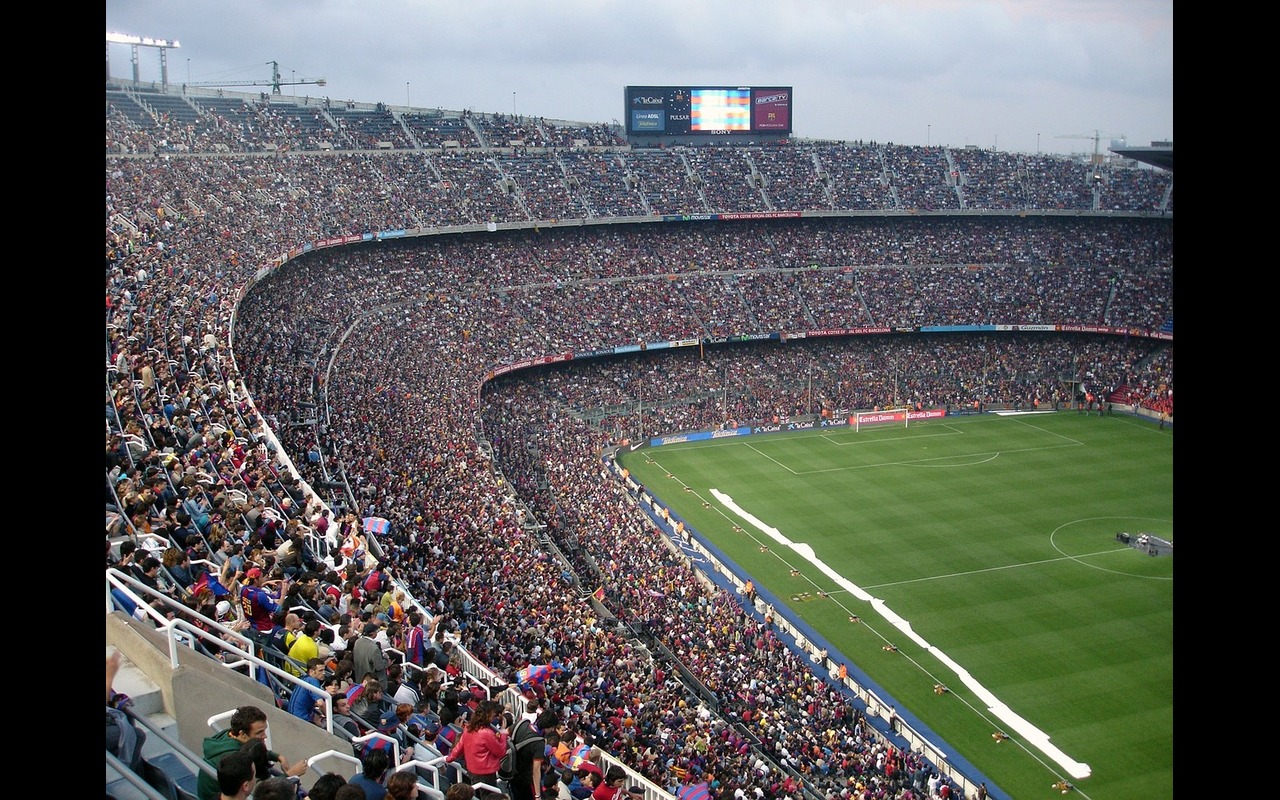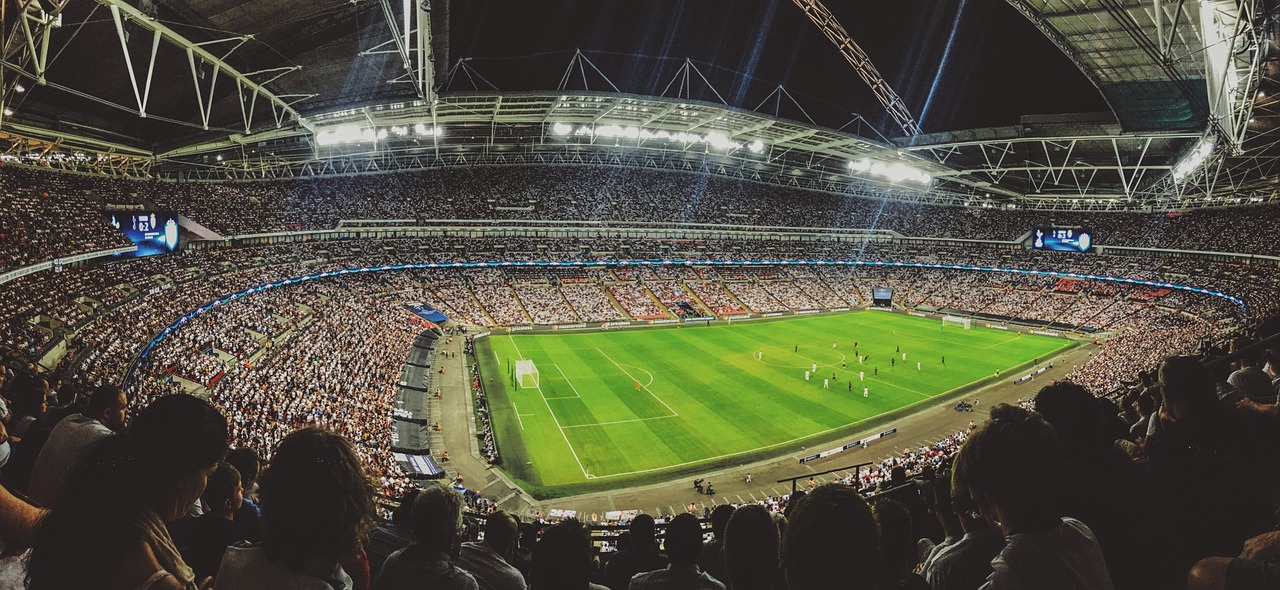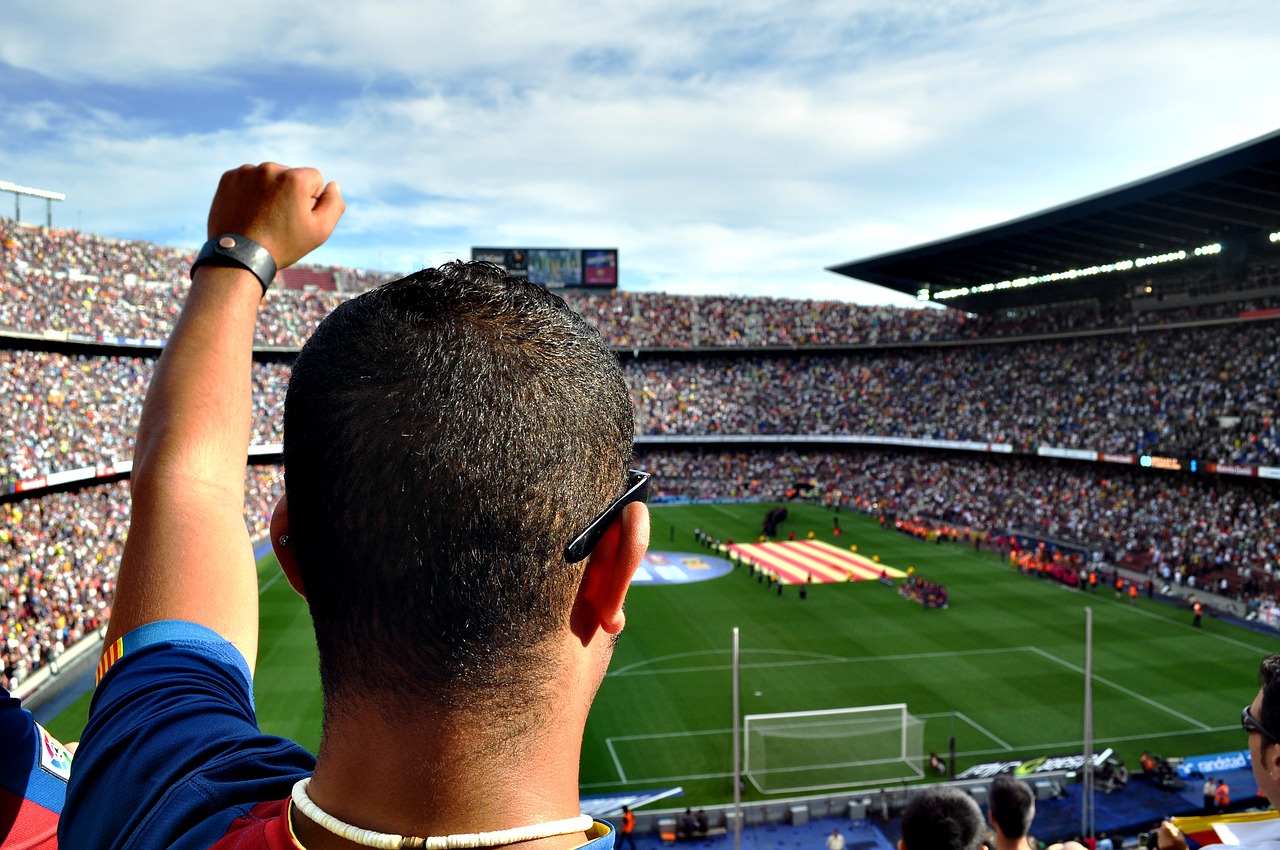Have questions about your installation? XTRONS Installation Advice Group

10 Facts About the European Championship
Football Fever This Summer
This summer in Germany, Europe’s national sides compete for the European Championship. With Italy defending their crown, the tournament is a place for some of the brightest stars in world football to light up the pitch. Whether you’re watching on TV, streaming on your smartphone, listening on your car stereo, or lucky enough to have tickets, many of us will be watching the action closely.
It’s a competition with a long history, with lots of twists and turns. Here are some facts you may or may not know about this famous competition…

The trophy is named after the founder
The idea for a pan-European championship had been dreamt up more than 30 years before, by the head of the French football federation, Henri Delaunay. There were several regional championships throughout the continent, but owing to the complex politics of the area, no one could agree on a single tournament to unite everyone. This finally came into being in 1958, three years after Delaunay’s death. The making of the trophy was overseen by his son, and is named the Coupe Henri Delaunay in his honour.

The first event took place in 1960
The first championship took place in France in 1960. The tournament featured just four teams - France, Czechoslovakia, Yugoslavia and the Soviet Union - and featured games in both Paris and Marseille. The inaugural champions were the Soviets, crowned after a Viktor Ponedelnik header gave them a 2-1 victory in extra time over Yugoslavia.

The competition has expanded over time
From its origins as a simple four-team round robin tournament, the format has expanded to include 24 teams from across Europe, with league-based qualifying rounds taking place the year before. This includes a group stage and later knockout stages, leading to a single-legged final, which takes place this year at the Olympiastadion in Berlin.

It’s (probably) the (second) best tournament in the world
After the FIFA World Cup, the European Championship is generally thought to be the highest-ranked competition in international football. Europe is home to former world champions Italy, Germany, France, Spain and England, as well as traditionally strong nations like the Netherlands, Portugal and Croatia. Even the outsiders include good sides such as Turkey, Sweden, Belgium and Ukraine. This makes for a very high standard of competition.

In 1988, it featured “that” volley
In the final of the 1988 competition, Netherlands’ attacker Marco Van Basten volleyed in one of the most famous goals ever scored. From an impossibly tight angle, the AC Milan striker hit a powerful volley across goal, settling in the Soviet Union’s net to the disbelief of all present. The Netherlands went on to win the game and the championship and the combination of technique, power, athleticism, imagination and the high pressure of the goal has been the benchmark ever since.

In 1992, the winner was a huge upset
Europe’s politics in 1992 were complex. Yugoslavia had qualified as the best team in their group, however the country was in the process of being dissolved due to a civil war. Qualifying in their place were the group runners-up, Denmark. While not many people gave Denmark a serious chance, they actually had an excellent team, featuring striker Henrik “Store” Larsen, Michael and Brian Laudrup and Manchester United goalkeeper Peter Schmeichel.

In 2004, there was an even bigger upset
While Denmark were outsiders, they were a good side with good players, including some that would go on to be household names. Greece in 2004 had no such pedigree. Qualifying as hosts, the bookies gave them a 150-1 chance of winning the competition, which translates as “no chance whatsoever”.

Two teams are tied for the most championships
While several teams have had their name inscribed on the famous trophy, there are two countries tied for most wins - Germany and Spain. Both are giants of the game, with both having world cup wins and a litany of truly great players and managers, along with very strong domestic leagues. While Germany have more world cups, Spain have the honour of being the only team to win the competition consecutively, in 2008 and 2012.

The trophy was remade in 2008
With the original trophy being rather small by modern standards, and especially compared to the extravagant designs on display in club football, the decision was made in 2008 to size up the trophy to better reflect the importance of the competition. Based closely on the original design, the new trophy is made of sterling silver and is 7 inches (18cm) taller and 4.4lb (2kg) heavier than the first trophy. Winners and runners up are also given gold or silver medals respectively, and their country’s name is etched onto the back of the trophy itself.

In 2022, the tournament was watched by 365m people globally
Owing to the global reach of European football, the tournament attracts huge audiences, both within the continent and around the globe. The last tournament in 2022 was watched by a record 365 million people, which might even be eclipsed this year. Owing to greater exposure to the European leagues and the reach of internet streaming services, the desire to watch some of the world’s best players stretches ever wider. Whoever takes to the field this summer in Berlin, the whole world will be watching.



